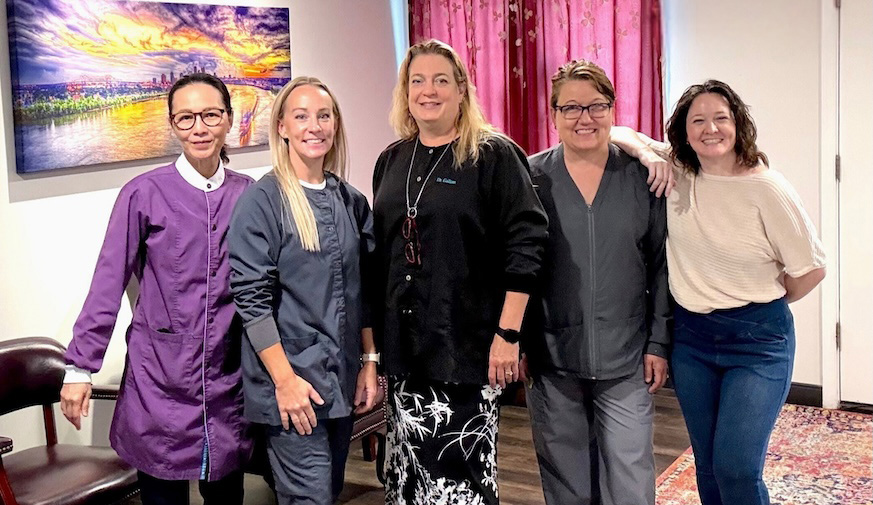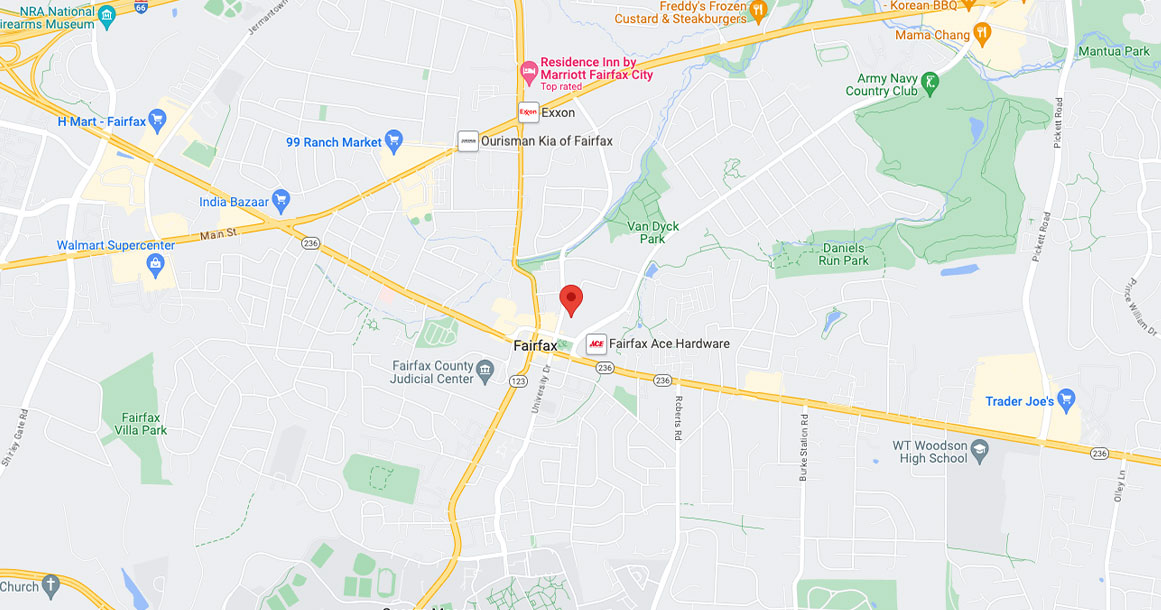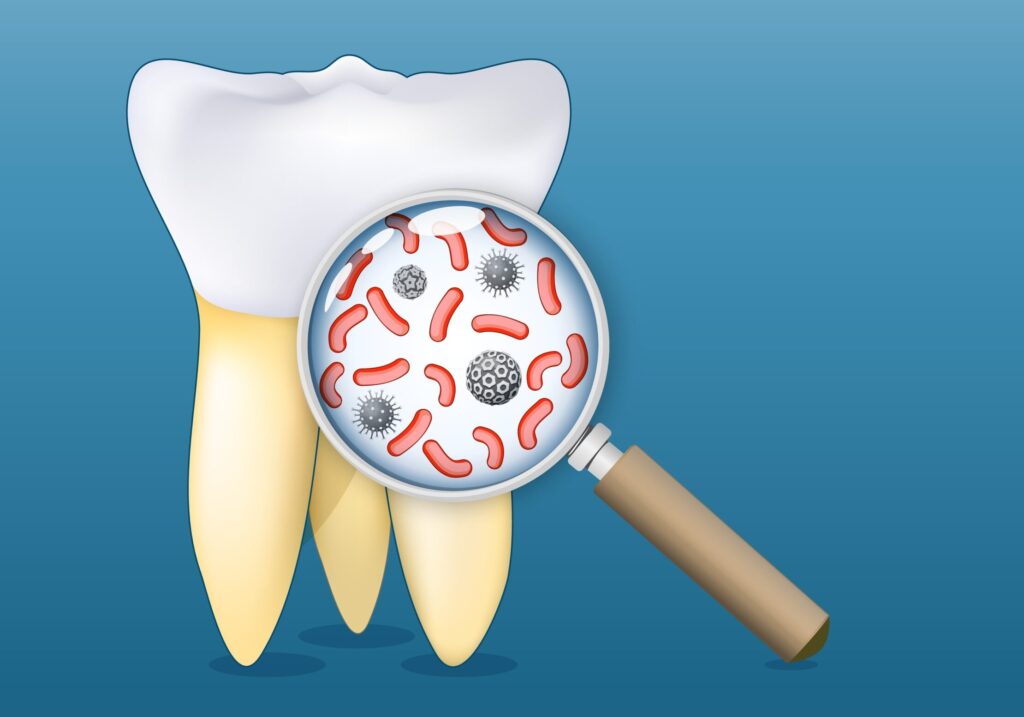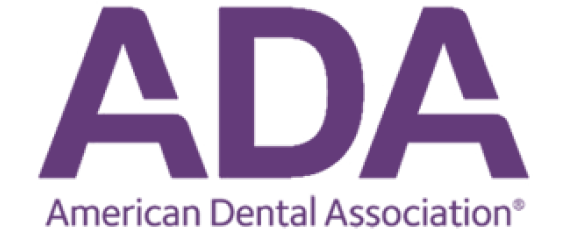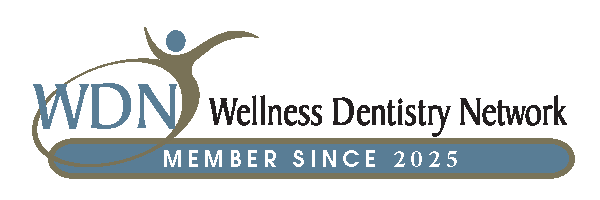Understanding Dental Biofilm: The Hidden Threat to Oral Health
Dental biofilm is a sticky bacterial layer that forms on teeth daily. If untreated, it can turn into plaque, harming oral health. Home care alone often fails to remove biofilm effectively, leading to cavities and gum disease. This highlights the importance of preventive measures and professional dental assistance. With proper guidance, you can manage plaque and protect your teeth from serious oral health issues.
What is dental biofilm and how does it form?
Biofilm is a layer of bacteria that adheres to teeth daily. Saliva creates a protein layer on your teeth, attracting germs that develop into biofilm. Without proper oral hygiene, this layer thickens and hardens, necessitating brushing and flossing; rinsing alone isn’t enough. If left unattended, biofilm can develop into calculus or tartar over time. Managing plaque requires consistent home care and professional cleanings. Understanding biofilm formation highlights the importance of early intervention through good dental hygiene to maintain oral health.
The role of biofilm in gum disease and tooth decay
Dental biofilm significantly contributes to the development of gum disease and tooth decay. Bacteria trapped in this biofilm produce acids that erode enamel, leading to cavities. It can also cause gum inflammation and pain, potentially progressing to gingivitis or severe periodontitis, which damages the soft tissue and bone supporting the teeth. These bacteria can spread, exacerbating other health issues, such as diabetes and heart disease. Daily oral care and professional plaque removal are essential for preventing biofilm-related issues, thereby safeguarding both dental and overall health.
Traditional Methods of Biofilm Removal: Limitations and Challenges
Conventional cleaning methods, like manual scaling and ultrasonic tools, effectively remove calculus and stains but may miss small cracks where biofilm can accumulate. These traditional techniques can cause patient discomfort, as manual scalers might harm teeth or gums. New dental technologies provide gentler solutions, highlighting the limitations of older methods and the need for innovations like Guided Biofilm Therapy.
Manual scaling and polishing: An overview
Manual scaling uses dental tools to scrape plaque and calculus from teeth. Hygienists remove biofilm above and below the gum line, often polishing teeth with rotary brushes and abrasive pastes for a better appearance. While effective, manual scaling is time-consuming and may miss some areas. Patients with sensitive teeth might experience discomfort, underscoring the need for newer cleaning techniques like GBT, which effectively removes plaque, calculus, stains, and biofilm while being gentler on sensitive teeth.
Drawbacks of conventional cleaning techniques
Conventional cleaning can pose several issues, including:
- Risk of enamel or dentine damage: Scrubbing too hard can wear away crucial dental tissues.
- Increased sensitivity: Excessive use of abrasive powders may irritate teeth.
- Incomplete biofilm removal: Difficult-to-reach areas under the gumline may remain uncleaned.
- Discomfort: Repeated scraping can deter patients from regular procedures.
These challenges highlight the need for improved methods, such as Guided Biofilm Therapy, which are gentler and more effective.
Introduction to Guided Biofilm Therapy (GBT)
Guided biofilm therapy (GBT) revolutionizes dental cleaning by enhancing oral hygiene. It effectively targets and removes dental biofilm using advanced tools, improving patient experiences and clinical outcomes. GBT emphasizes patient education on home care post-visit, aiming to eliminate plaque and calculus with gentle, less invasive techniques. By focusing on biofilm management and effective instrumentation, GBT provides a novel approach to periodontal therapy, promoting better oral health.
The concept behind GBT
Guided Biofilm Therapy (GBT) is a clear, methodical approach that involves identifying problems and planning solutions step-by-step. Disclosing agents reveal biofilm locations, enabling clinicians to diagnose and treat each patient individually. Patient involvement is crucial; GBT tools help patients identify problem areas and provide at-home tips to reduce biofilm, encouraging long-term oral hygiene. Rooted in solid science and utilizing advanced technology, GBT provides safe and effective treatments that prioritize both safety and patient satisfaction.
Key differences between GBT and standard prophylaxis
| Aspect | Standard Prophylaxis | Guided Biofilm Therapy (GBT) |
| Approach | Is mostly about physical scaling | It is about a step-by-step way to handle biofilm |
| Comfort Level | Changes because of manual tools | Gives you the highest level of comfort with warm water |
| Tools Used | Brushes that spin, abrasive paste | Disclosing solution, Airflow®, Perioflow® |
| Target Areas | Works on plaque and stains on the surface | Can get to biofilm in places that are hard to reach |
| Impact on Dental Tissues | May feel rough to the dental tissue | Is gentle and not harsh at all |
Benefits of Guided Biofilm Therapy for Patients
This new approach promotes oral health by effectively breaking down dental biofilm with gentle tools and solutions. It minimizes discomfort through less force and reduces inflammation using erythritol powder. Guided biofilm therapy emphasizes patient education, providing personalized oral hygiene instructions for effective home care. This tailored plan results in improved clinical outcomes and long-term dental health.
Enhanced cleaning results for teeth and gums
A significant benefit of this new approach is the improved management of dental biofilm. It employs airflow systems and specialized handpieces to remove plaque and calculus with minimal abrasion to enamel and other dental structures. The addition of erythritol powder effectively targets surface stains, promoting better oral health. Studies indicate that GBT enhances gum health and supports the longevity of dental implants and restorations, leading to increased comfort and satisfaction after treatment.
Reduced discomfort and dental anxiety
Guided biofilm therapy enhances dental visits by using gentle tools and techniques to minimize pain. Devices like the EMS handpiece utilize airflow and glycine powder for effective cleaning without harsh scrubbing, reducing discomfort and anxiety. Patient education empowers you to take charge of your oral health confidently. This innovative approach offers both a gentler touch and improved results.
Clinical Applications: Who Can Benefit from GBT?
Guided Biofilm Therapy (GBT) benefits many individuals, especially those with gum issues or dental implants. This treatment effectively removes harmful biofilm from teeth, promoting better oral health. It is an excellent method for maintaining a healthy mouth and catering to individuals who require specialized dental care. Biofilm therapy ensures thorough and personalized dental cleaning.
GBT for periodontal disease management
Guided biofilm therapy offers a novel approach to periodontal disease care, enhancing patient outcomes. This innovative treatment effectively removes dental biofilm while safeguarding tooth surfaces and soft tissues. By combining advanced tools with patient education, individuals can effectively manage their oral health, reduce inflammation, and achieve enhanced clinical results. GBT uses non-invasive methods like erythritol powder and airflow to comfortably eliminate plaque and biofilm, ensuring a quicker, more pleasant experience for patients who can confidently maintain their oral health.
Use of GBT around dental implants and restorations
Biofilm therapy around dental implants and after restorations is crucial for oral health. This method effectively manages dental biofilm, reducing plaque and calculus on implant surfaces. Gentle cleaning minimizes the risk of inflammation, protecting soft tissue and gums. Patients receive personalized care that strengthens dental tissue and ensures lasting results. With professional guidance, you can maintain your implants and achieve excellent outcomes.
Schedule An Appointment
If you’re interested in guided biofilm therapy, Sensational Smiles is here to help. Schedule an appointment to get started.

